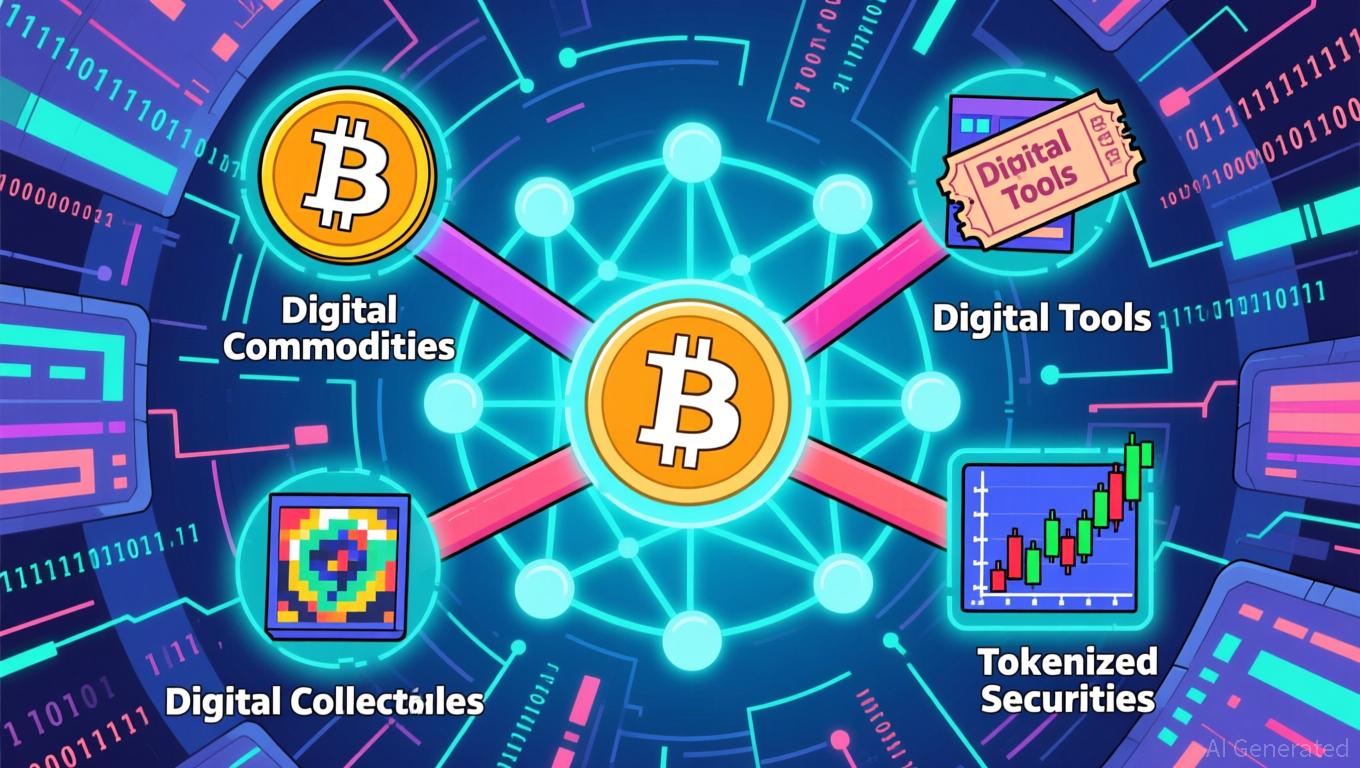Next Wave of Stablecoin Boom May Seem Invisible, Says Transak CEO
Most companies want their brand to be front and center when a consumer uses their product, but as an infrastructure provider that specializes in crypto payments, the opposite is rather true for Transak and its stablecoin ambitions.
Transak co-founder and CEO Sami Start told Decrypt that the company is leaning into modular APIs as a white-labeled offering for established firms that want to augment their existing services with stablecoins.
As a result, the Tether-backed firm, which has raised $40 million in total funding, is betting that the next wave of stablecoin adoption will feel more invisible than how it looks today. Historically, Transak has focused on enabling other applications’ users to purchase crypto with cash.
“People know Transak as a ‘buy crypto’ button inside major wallets and other crypto apps,” he said. “We’re starting to roll out more white-label use cases and stablecoin use cases, where it’s about onboarding and using financial applications, rather than buying crypto to speculate.”
Dollar-pegged tokens got a boost in legitimacy this year from the passage of the GENIUS Act legislation in the U.S., with institutions from Citigroup to Bank of America expressing an interest. Still, as they hit consumer applications, some users won’t be aware that they’re using them, Start said.
For applications like PayPal’s Venmo, that could look like tracking a user’s traditional account balance in tandem with holdings of PYUSD. Currently, the firm’s stablecoin is reflected for users separately from “cash,” on its mobile app’s “crypto” page.
When it comes to white-label use cases for stablecoins, where Transak’s brand isn’t attached to the product, Start highlighted the firm’s endpoints with the traditional financial system. Some companies, he added, are interested in the concept of a so-called stablecoin sandwich.
For example, Transak may handle Know Your Customer (KYC) procedures for an individual purchasing a stablecoin with cash in one region, as well as someone who receives that same token in a different region, who then wants to convert those funds back into cash.
“In some cases, we may just do one side of that,” he said. “But by making our product slightly more flexible, we just open up a much, much larger market.”
Start noted that the process could play out in the background for some users, who aren’t confronted with industry lingo. In some ways, it parallels how the California DMV’s recently sunset blockchain-based service used Avalanche, but didn’t invoke the layer-1 network’s name.
Experts say that stablecoins can provide tech firms with additional revenue, as their backing assets—often U.S. Treasuries and cash—generate low-risk returns. In the third quarter, for example, Coinbase reported $355 million in revenue stemming from Circle’s USDC.
Last month, Western Union became the latest payments giant to express an interest in the tech, with the remittance specialist saying it would debut a stablecoin of its own on Solana next year.
Disclaimer: The content of this article solely reflects the author's opinion and does not represent the platform in any capacity. This article is not intended to serve as a reference for making investment decisions.
You may also like
XRP News Today: BIS Risk Weighting Limits XRP's Function in Bank Liquidity
- XRP's limited adoption by banks stems from BIS's 1250% risk weight on unbacked crypto, not technical flaws. - Ripple tests RLUSD stablecoin with Mastercard/WebBank to enable blockchain-based credit card settlements. - Policy shift in crypto risk weighting is critical for XRP to replace USD as cross-border liquidity bridge. - RLUSD's $1B+ circulation and BNY Mellon backing demonstrate regulated stablecoin viability in payments. - Regulatory barriers persist despite industry progress, keeping XRP confined

SEC Framework Aims to Settle Ongoing Regulatory Disputes in Crypto
- SEC proposes a token taxonomy framework using the Howey Test to classify crypto assets into four categories, balancing regulation and innovation. - The framework allows tokens to transition from securities to non-securities as projects decentralize, addressing evolving blockchain dynamics. - It enables CFTC/state-regulated trading for certain tokens while legislative efforts aim to shift major crypto oversight to the CFTC. - Implementation faces challenges including CFTC capacity limits and pending Senat

ALGO Gains 3.02% as Operations Resume and Financing Advances
- Largo resumes operations in late 2025, aiming to boost production and secure $23.4M+ $84.2M in financing to defer debt repayments until 2026. - The vanadium market faces pressure from oversupply and sanctions, while U.S. FeV prices remain 24% higher than Europe’s due to regional demand disparities. - ALGO surges 3.02% amid Largo’s operational progress, though its 1-year price dropped 46.97% amid broader market volatility and sector challenges.
Last Chance to Get In: 5 Explosive Altcoins Set to Go Parabolic Before 2025’s Millionaire Wave

